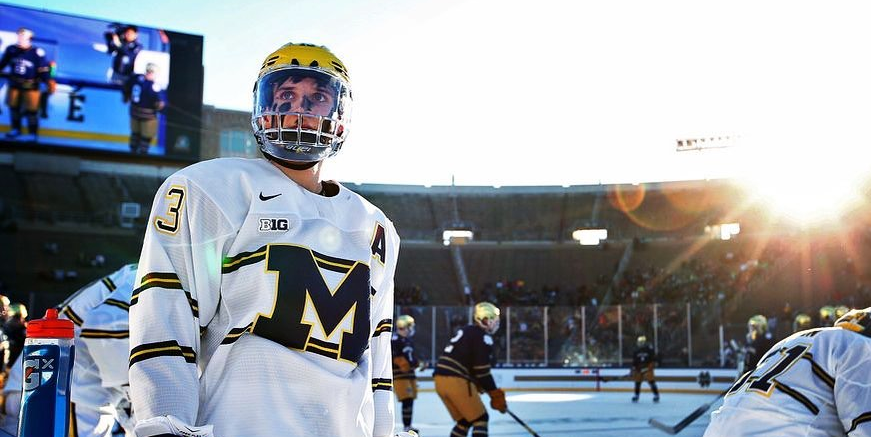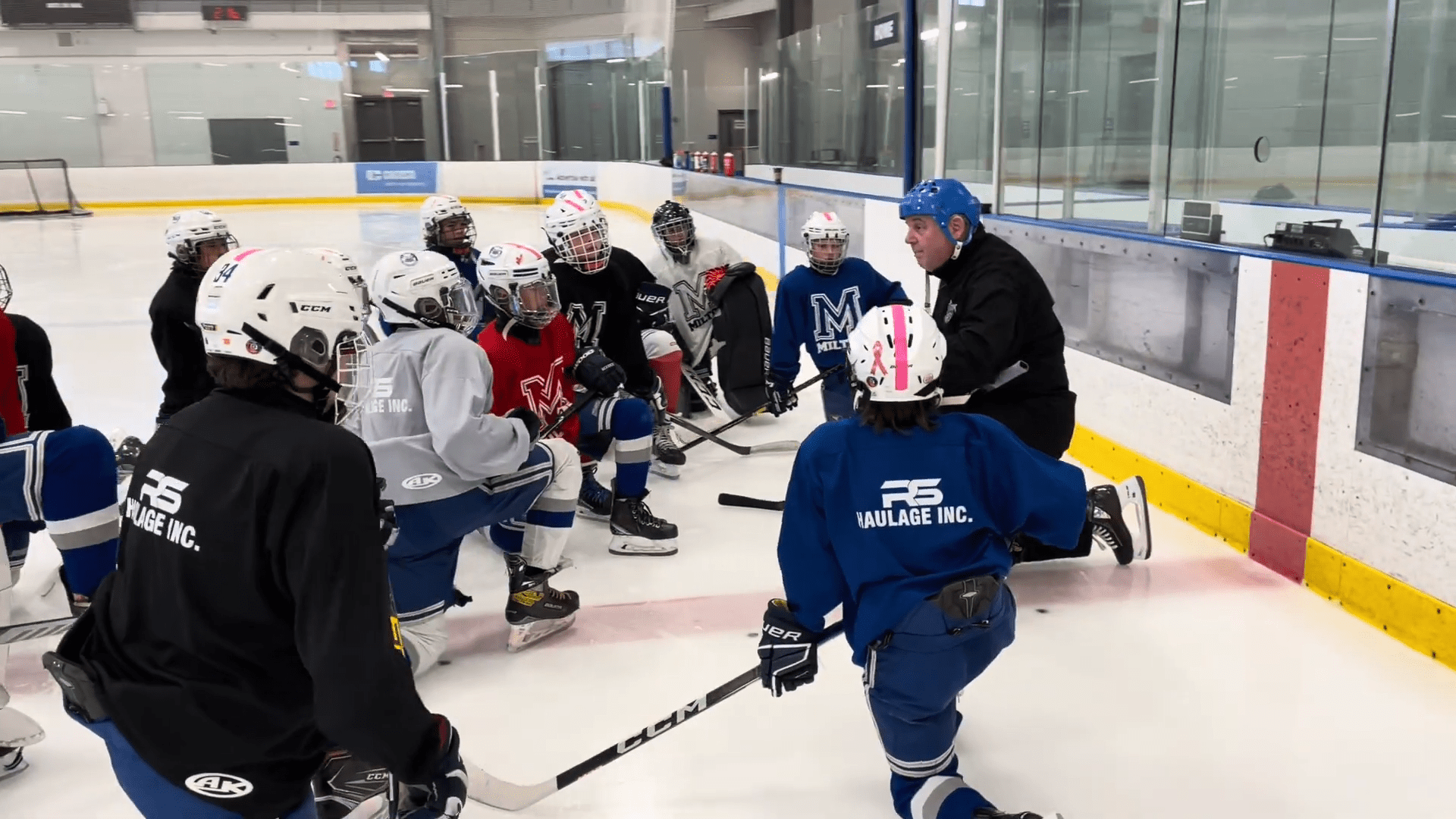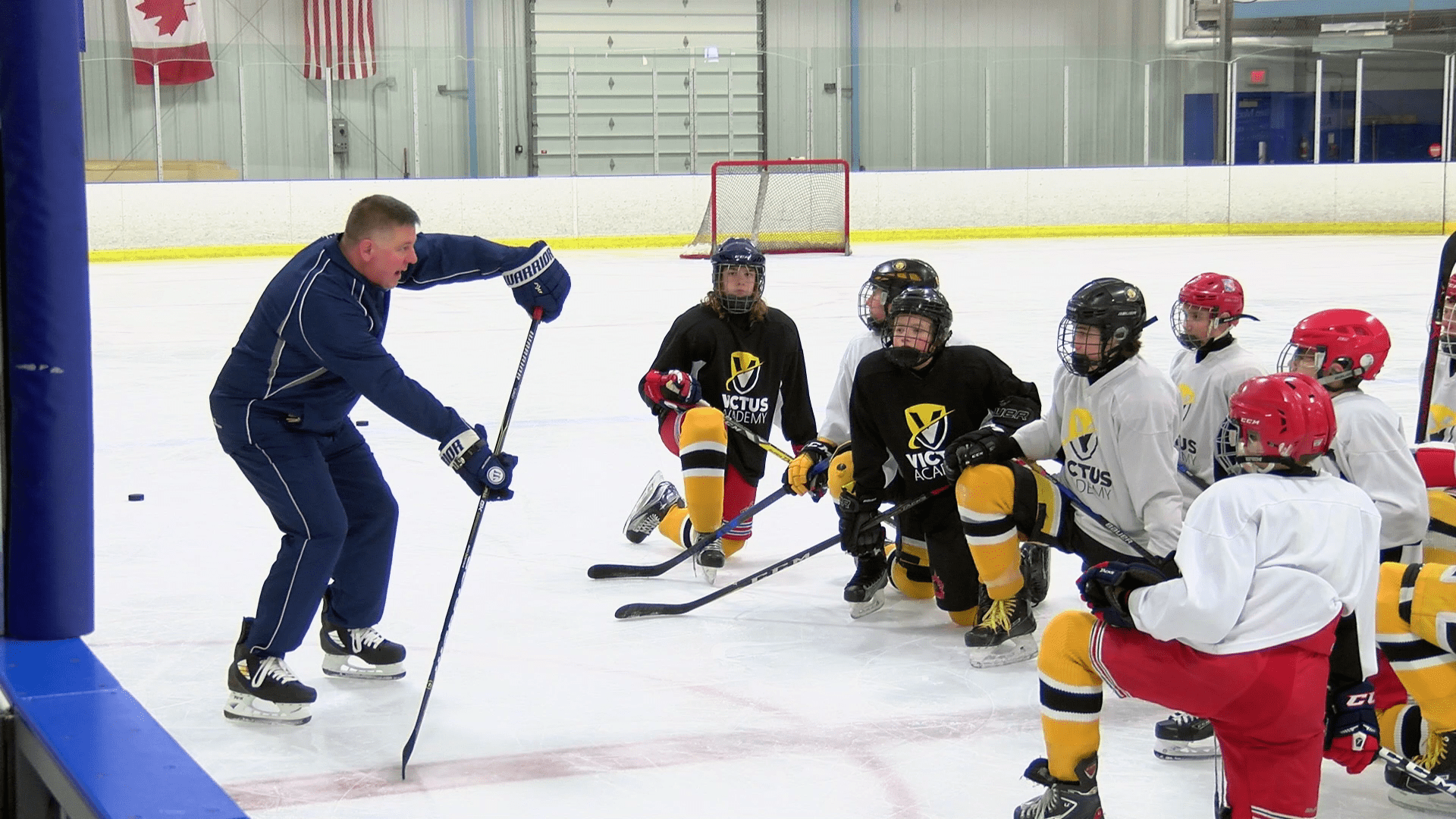When it comes to securing a path to the NHL for young hockey players, the two main options are to either play in one of Canada’s Major Junior leagues or to go to college and play for a NCAA Division 1 team. Many excellent players have been developed into NHL stars in both of these leagues, but the NCAA has recently seen a lot more success than they did in previous years. While both leagues are viable options for young hockey stars to hone their skills, there are several differences to consider when making a decision which route to go.
Eligibility
If one chooses to play for a team in the CHL, they sign a professional contract, thus making them ineligible for future play on an NCAA team. This is something to consider for younger players who are consider going to college in the USA for a hockey program. While some players can have eligibility reinstated, it is a difficult process and is done at the discretion of the school.
Education and Facilities
The benefit to joining a team at an NCAA school is that players can also receive an education. Many Division 1 schools have great academic programs in addition to top-tier athletics, and that can go a long way in helping a player to get his degree. The CHL offers education initiatives, but simply cannot compete with the programs that are offered by American colleges. In fact, 88% of NCAA players go on to earn their degrees while only about 20% of their CHL counterparts do so. Making it to the NHL is an extremely difficult task, so it can be a major benefit to have a good degree to fall back on.
College athletic facilities have the financial backing of their institutions, which make them some of the nicest hockey facilities outside of the NHL. Many CHL facilities are much simpler, lacking the expansive weight rooms, therapy rooms (and trainers), and overall modern updates that make college rinks so appealing. It should be noted that the differences don’t just end at the hockey rinks themselves – NCAA students are given access to all college facilities including cafeterias, study centers, and student housing. This is advantageous as it allows players to enjoy campus life while staying near to their hockey facilities.
Length of Season and Age Restrictions
Major Junior leagues play a 70-game season whereas NCAA seasons are only 40 games. This may help CHL players be more prepared for the 82-game NHL seasons by the time they enter the league. However, some people worry about fatigue for the younger players whose bodies may not be fully mature, which could lead to injury and burnout. There’s also the idea that in a 40-game season, each game has more meaning and that may help to give a mental edge to the players in NCAA.
Age Restrictions
Most players in the CHL range from 16-20, with 21 being the max age to participate. NCAA, on the other hand, consists of players who are 18-24 years old. This means that the CHL is more conducive to a faster, skill-based game while NCAA features a more physical style with stronger players. In some ways, CHL games actually look more similar to NHL games, but some people believe that the potential for extra time and development in NCAA better prepares players mentally and physically for the NHL.
Coaching and Conditioning
Although the CHL is home to some great coaching minds, the league simply can’t compete with the comprehensive staffs provided by NCAA teams. These coaches get paid good money by the school and are provided with full-time staff members, including assistant coaches, physical trainers, and even sports psychologists in some cases. In addition, they have access to experienced scouting teams and large equipment budgets, giving them quite a bit of an advantage over major junior leagues.
Although college players play fewer games throughout the season, they are often subjected to more intense, frequent practices and highly studied workout and weight-lifting regimens that may better prepare them for life in the NHL. The additional focus on practice and talent development can help them develop their skills without having as much pressure to do so in an actual game. However, some people believe that the best experience comes from playing the games, and as such they prefer the CHL model.
Lifestyle
NCAA students get to live the campus lifestyle, which is something that many say is highly beneficial for their personal lives. They get to make friends outside of hockey while getting an education that can prepare them for life after hockey, whether or not they make it to the NHL. Access to student housing and meal plans can take some of the stress out of finding a place to live, allowing them to focus on hockey and education. That being said, college life isn’t for everyone, and there are plenty of education options available for CHL players. Although they have more games, they often have extra time to get a job, which means they could set themselves up for a career outside of hockey without necessarily requiring a degree.
Which is the best way to go?
When looking at all the benefits that an NCAA can provide for a young hockey player, it seems like this would clearly be the best route – but it isn’t so cut and dry. Many factors such as proximity to family, financial constraints, and overall talent level can play a role in whether a young player decides to play Major Juniors or for a Division 1 team. The CHL signs some of the most talented young players in the game, and many go on to become NHL stars by the age of 19 or 20. This makes it an excellent option for those once-in-a-lifetime talents who may not need to spend extra time developing in college. The NCAA, on the other hand, provides a bit more time for certain players to improve their skills and offers a great backup plan should they not be able to take the strides required to be drafted to an NHL team.







